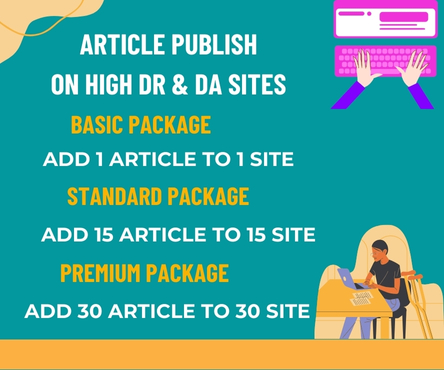In the digital landscape, SEO optimization has become a crucial element for businesses to establish a strong online presence. The primary goal of SEO is to drive traffic to a website, but it’s not just about attracting any traffic – it’s about drawing in traffic that converts. Conversion can mean different things to different businesses, whether it’s making a sale, generating leads, or encouraging sign-ups. In this article, we’ll explore the strategies and techniques to optimize your website for search engines, drive traffic that converts, and ultimately boost your online success.
Understanding the Basics of SEO
Before diving into the nitty-gritty of SEO optimization, it’s essential to understand how search engines work. Search engines like Google, Bing, and Yahoo use algorithms to crawl, index, and rank websites based on their relevance, authority, and user experience. The algorithms assess various factors, including keyword usage, content quality, link equity, and mobile-friendliness, to determine a website’s ranking.
Keyword Research: The Foundation of SEO
Keyword research is the foundation of SEO optimization. It involves identifying the words and phrases your target audience uses to search for products or services like yours. By incorporating these keywords into your website’s content, meta tags, and titles, you can increase your visibility in search engine results pages (SERPs). However, keyword research is not just about finding high-volume keywords; it’s also about understanding the intent behind those keywords and creating content that addresses the user’s needs.
On-Page Optimization: Fine-Tuning Your Website
On-page optimization involves fine-tuning your website’s elements to make it search engine friendly. This includes:
- Meta Tags: Write compelling and descriptive meta titles and descriptions that entice users to click through from SERPs.
- Header Tags: Organize your content with header tags (H1, H2, H3, etc.) to improve readability and highlight key points.
- Content Optimization: Use keywords naturally throughout your content, but prioritize user experience and readability.
- Image Optimization: Optimize images by adding alt tags, descriptive text, and compressing images to reduce file size.
- Internal Linking: Use internal linking to help users and search engines navigate your website and discover related content.
Technical SEO: The Behind-the-Scenes
Technical SEO involves optimizing your website’s technical aspects to improve crawlability, indexability, and user experience. This includes:
- Page Speed: Ensure your website loads quickly (less than 3 seconds) to improve user experience and search engine rankings.
- Mobile-Friendliness: Ensure your website is responsive and provides a seamless user experience across devices.
- SSL Encryption: Install an SSL certificate to secure your website and protect user data.
- XML Sitemaps: Create and submit XML sitemaps to help search engines understand your website’s structure and content.
Link Building: The Power of Authority
Link building involves acquiring high-quality backlinks from authoritative sources to increase your website’s authority and ranking. This can be achieved through:
- Guest Blogging: Write guest posts for other reputable websites to build relationships and earn backlinks.
- Resource Pages: Create resource pages that link to other high-quality websites in your industry.
- Reviews: Encourage customers to review your business on platforms like Google My Business or Yelp.
Tracking and Measuring Success
To determine the effectiveness of your SEO optimization efforts, it’s essential to track and measure key metrics, including:
- Organic Traffic: Monitor the number of visitors arriving at your website from search engines.
- Conversion Rate: Track the percentage of visitors completing a desired action (e.g., making a purchase, filling out a form).
- Keyword Rankings: Monitor your website’s ranking for target keywords.
In conclusion, SEO optimization is a multifaceted process that requires ongoing effort and attention. By understanding the basics of SEO, conducting keyword research, fine-tuning your website, and building high-quality backlinks, you can drive traffic that converts and boosts your online success. Regularly tracking and measuring key metrics will help you refine your SEO strategy and make data-driven decisions to improve your website’s performance.

